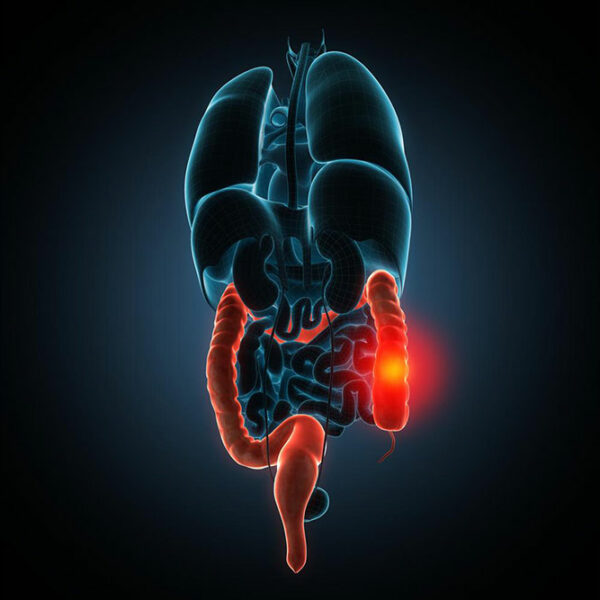
Nausea – Causes and treatments
Nausea is not an unknown term, and everyone experiences this feeling once in a while. It can be described as an uncomfortable or churning feeling in the stomach that may or may not be accompanied by the urge to vomit. Nausea is not a disease and is typically a symptom of another illnesses or disorders in the body. Several causes trigger nausea, and these may include effects in some body parts or chemical changes in the body. Here are few common causes: Pregnancy – Most women experience nausea during the first trimester of their pregnancy. This morning sickness also leads to vomiting and is caused by hormonal changes. Also, women who consume birth control pills are likely to suffer from the side effects in the form of a nauseous feeling. Blood sugar level dip – When blood sugar levels drop, most people feel nauseous. Alcohol – Alcohol is a common cause of nausea. Whether one is dealing with a hangover or alcohol withdrawal, he/she is likely to experience nausea. Medications – An individual who suffers from a disease and consumes medicines for the same may commonly experience nausea. It is a side-effect that is caused by the intake of these drugs, irrespective of whether they are herbal or prescribed medicines.









